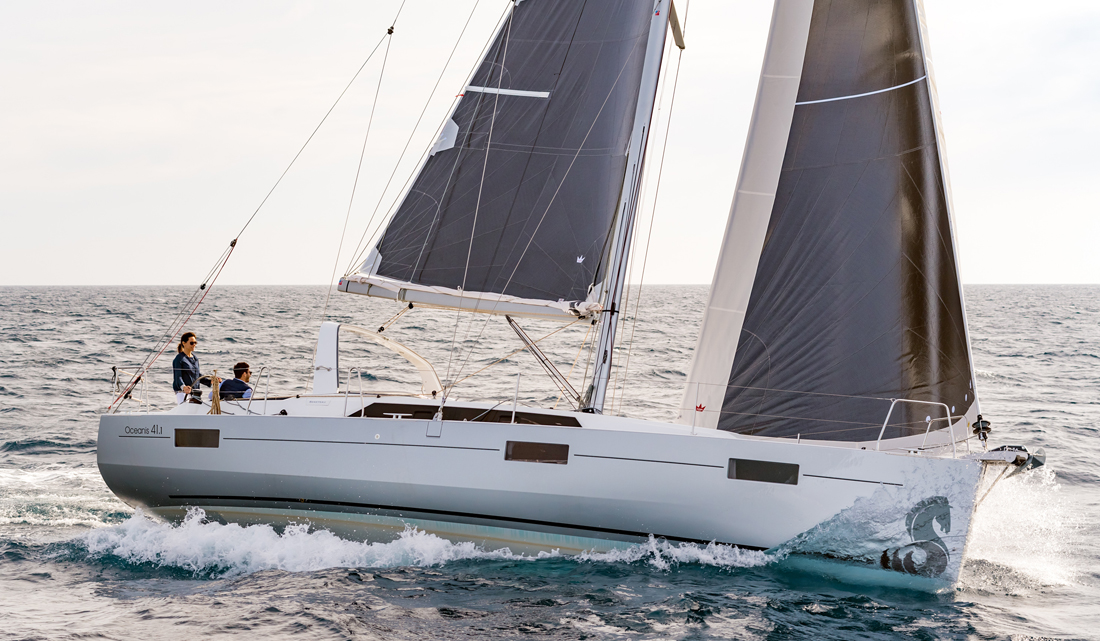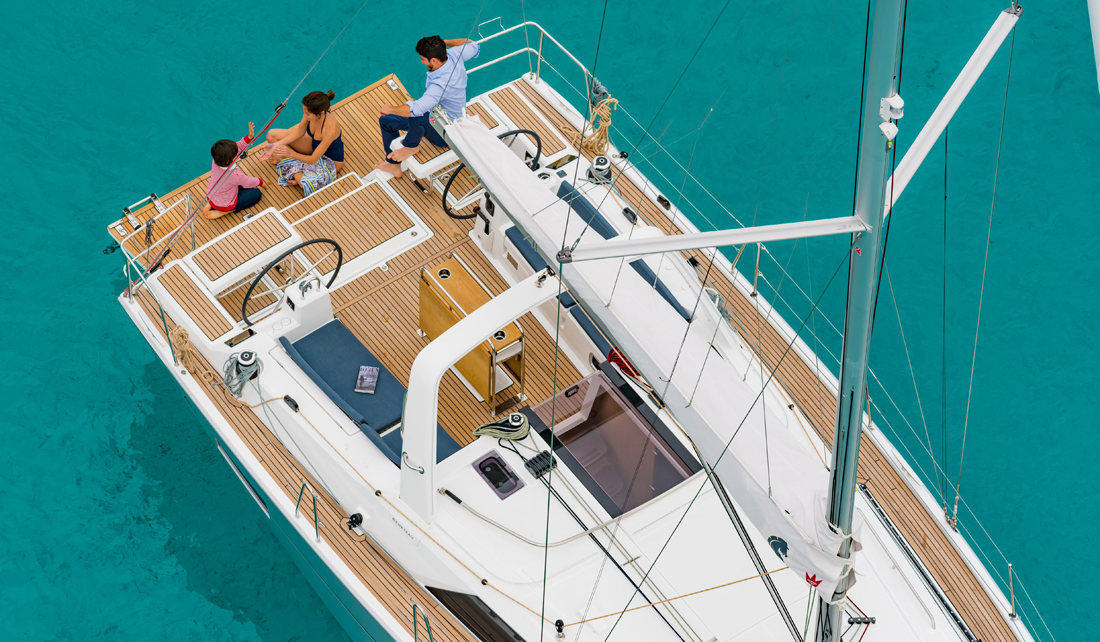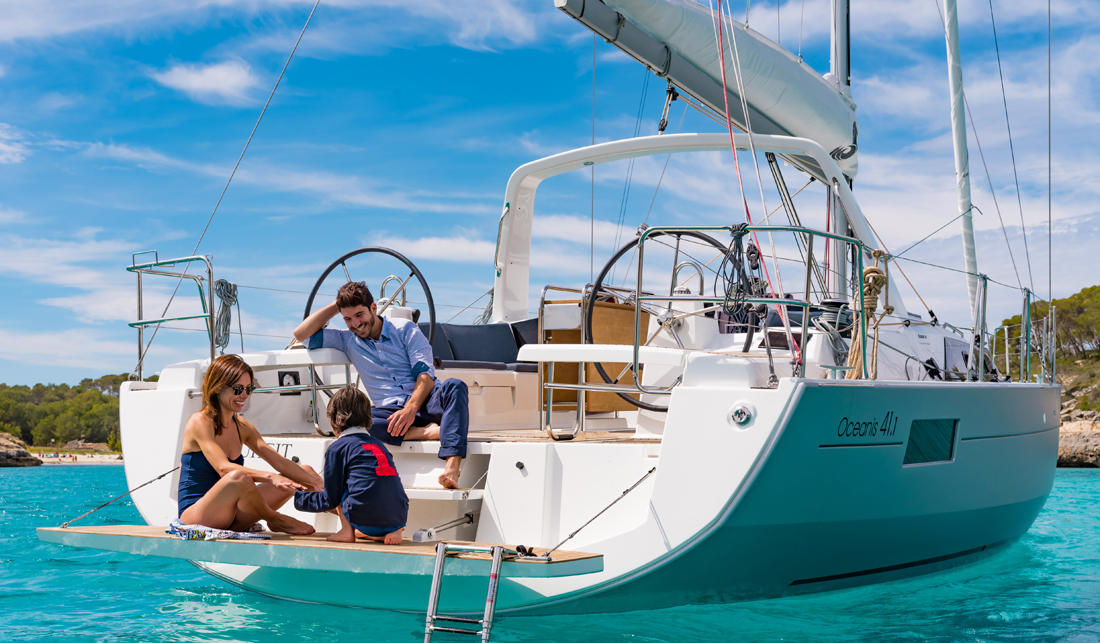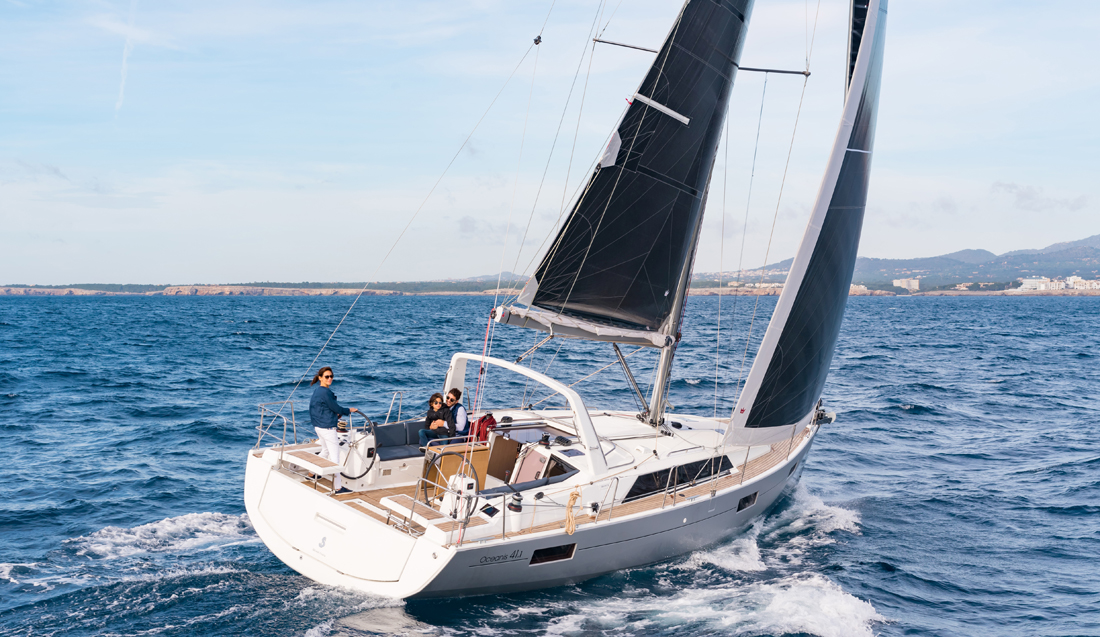- Alaskan Yachts
- Azimut Yachts
- Back Cove Yachts
- Beneteau Yachts
- Benetti Superyachts
- Bertram Yachts
- Boston Whaler
- Broward Yachts
- Buddy Davis Sportfish
- Burger Yachts
- Cabo Yachts
- Catamarans
- Carver Motoryachts
- Center Console
- Chris-Craft Yachts
- Cruisers Yachts
- DeFever Trawlers
- Dufour Sailboats
- Fairline Yachts
- Feadship Yachts
- Ferretti Yachts
- Formula Yachts
- Fountaine Pajot Cats
- Grady-White
- Grand Banks Trawlers
- Hargrave Yachts
- Hatteras Yachts
- Hinckley Picnic Boats
- Horizon Yachts
- Hydra-Sports
- Intrepid Boats
- Jarrett Bay Sportfish
- Jeanneau Yachts
- Kadey-Krogen Trawlers
- Lazzara Yachts
- Lekker Boats
- Luhrs Sportfish
- Marlow Yachts
- Maritimo Yachts
- Marquis Yachts
- McKinna Motoryachts
- Meridian Yachts
- Midnight Express
- MJM Yachts
- Mochi Craft
- Neptunus Motoryachts
- Nordhavn Trawlers
- Nordic Tugs
- Numarine Yachts
- Ocean Alexander Yachts
- Offshore Yachts
- Outer Reef
- Oyster Sailing Yachts
- Pacific Mariner Yachts
- Palmer Johnson Yachts
Beneteau Oceanis 41.1 Test Walkthrough Video
April 21, 2017 10:16 am
The new Beneteau Oceanis 41.1 is a distillation of performance and intelligence. With a mast positioned further back, the Oceanis 41.1 has a sail plan that guarantees excellent balance under sail. Join us as Boattest.com tests this spacious sailing yacht:
The following opinions are solely those of BoatTest.com and its test captain.
Capt. Jim Marshall here with BoatTest.com. Today we’re going to take out Beneteau’s 41.1 Cruiser Racer. Breeze is up, let’s see how she sails.
Our first challenge of the day was getting started in the face of a stiff wind that had us pinned to the dock. But the combination of the 45 horsepower Yanmar diesel, an effective 3-blade folding prop, and a powerful bow thruster combined to allow us to muscle our way off the dock and into the fairway.
Once underway, the boat instantly responded to the throttle, answered the helm quickly, and she climbed a 6.5 knots at 85% power. With a large spade rudder, positioned well aft, the boat turned tightly. Add a blast of bow thruster and she turned on a dime.
The deck is unencumbered by operational gear. Sheets, halyards and other running rigging are consolidated in organized runs from the mast to the companionway. A welcome feature is the new hull deck joint that makes a full deck length foothold for security while heeling under sail.

Hatches are recessed, so they are flushed with the deck and won’t stub the toe or hang up your sheet. Running rigging from the mast and boom run to jammers on either side of the companionway, which minimizes the number of winches needed and makes it easy for one person to manage the sails.
A new feature is the Harkin on/off power button for the self-tailing electric winches. Operators have a choice of a slow or fast wind speed; rotate the cover on the button and it turns off, eliminating the chance of accidental operation.
The German mainsheet system is a further improvement to keeping the cockpit uncluttered while bringing control back to the helm for short-handed sailing. The beauty of this system is that the main sheet can be trimmed from both sides of the boat – the sheet is one continuous loop with no tail. On each side of the boat is a set of jammers for both the genoa sheets and mainsheet.
The cockpit dodger is integrated into the improved arch design, providing spray and wind protection. Isinglass makes it possible to see forward into the sides so there are no blind spots. Because Beneteau carries her 13 foot 9 inch beam nearly to the transom, the cockpit is large and roomy.

The centerline table’s two wings fold up to provide a dining table and fold down for easy transit when moving about. We like the dual helm stations – the wheels are made of carbon fiber. Comfortable helm seats fold up and out of the way when at anchor or it’s time to play.
A simple push of a button hydraulically lowers a wide, stable swim platform. The design is a clever two-stage unit with a handy step down to the swim platform and a fold-out swim ladder that drops into the water. With a stiff breeze on test day we put one reef in the mainsail and match that by rolling up the genoa a turn or two.

The boat like these great sailing conditions. The hard chine design and the 7 foot 2 inch deep keel provided excellent stability. In a steady 18 to 22 knots of true wind and the true wind 45 degrees off the bow, we had an up wind boat speed of 6.9 knots. Remember we had in a reef and slightly short in the headsail.
Bearing off we unrolled the jib and increased speed to 8.3 knots at 60 degrees true wind angle. At 80-degrees off the wind, we recorded 8.8 knots and at 100 degrees, we were going 9 knots. Throughout these points of sail, our heel angle was from 12 degrees to 18 degrees. Fingertip steering was possible even when the boat was heeled up to 20 degrees.

In short, she was a joy under sail going to windward. As we reached off, the boat responded with increased speed and still only needed a light touch on the helm. At a broader reach, the speed started to diminish but was still a sprightly 8.5 knots at a 140-degrees true wind angle.
Tacking, jibbing and otherwise maneuvering were smooth, thanks to the balance sail plan and large spade rudder. This balance characteristic of the 41.1 means that when the autopilot is engaged, it is under a lot less load and can more easily hold a true course with wandering greatly reduced.
While our test model was not set up with Beneteau’s racing options; if it were, we think this boat would be a wolf in sheep’s clothing on the race course. And that’s our look at the performance from Beneteau’s 41.1. For BoatTest.com, I’m Capt. Jim.






